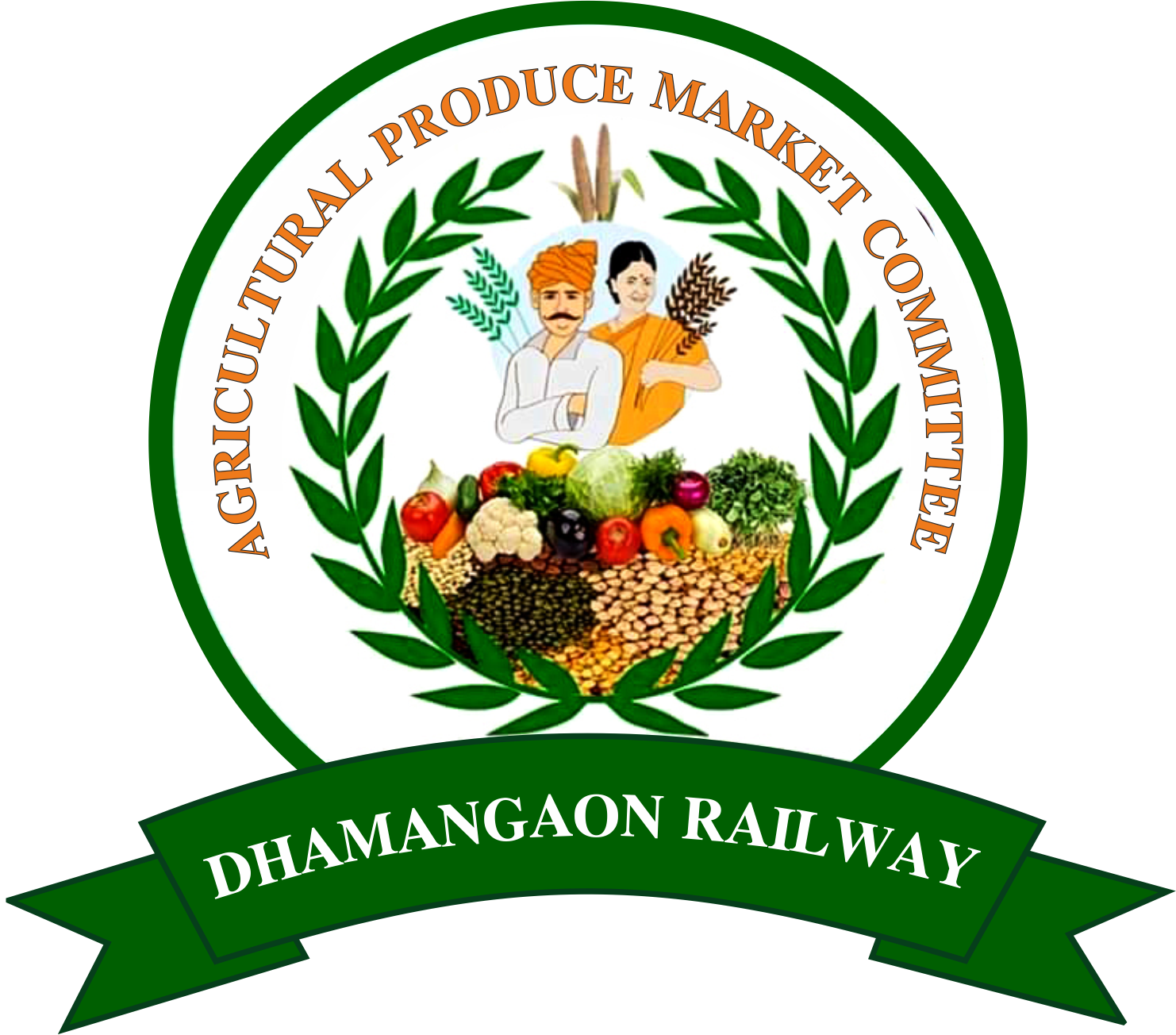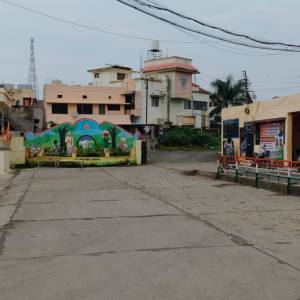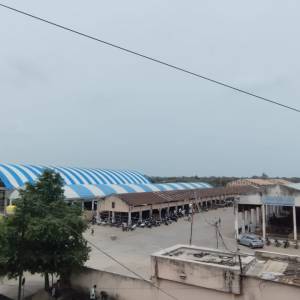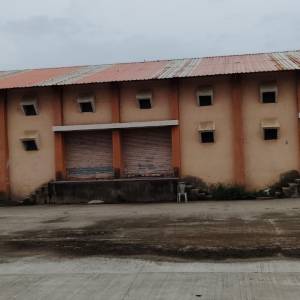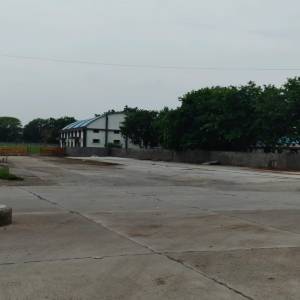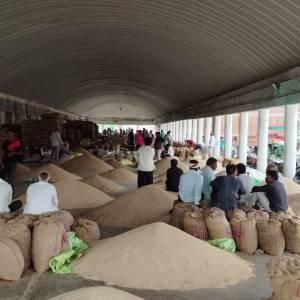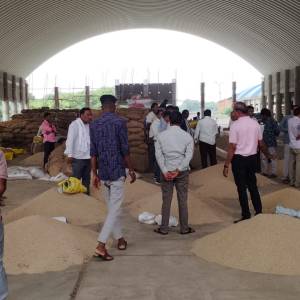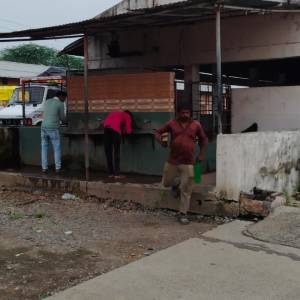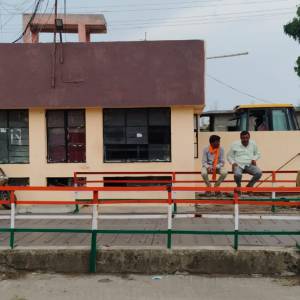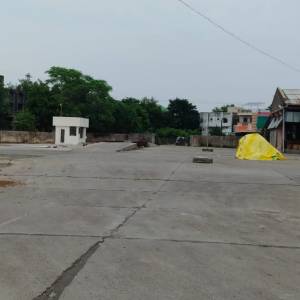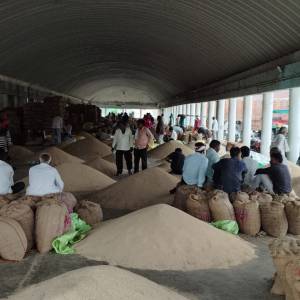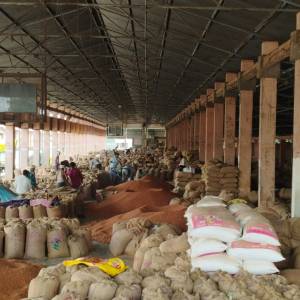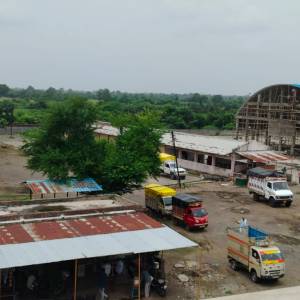Since farmers are not getting the right price for their agricultural produce, the government has made radical changes in the previous law and made many amendments in the interest of the farmers. The Agricultural Produce Market Committee was established on 1 April 1898 by Hyderabad Presidency Order Notification No. 79/A and the said Market Committee has successfully completed 28 years of its existence. This is a matter of pride for all the farmers in this market sector.
Survey No. 15.3 ha. 19 R area was declared as Cotton Market. The limit of the market area established under this order was extended to a radius of one and a half miles (circular) vide Notification No. 5893 –XIV dated 05/07/1933 issued under Rules 54(2) made under Section 4 of the then Berar Cotton and Grain Market Act.
Meanwhile, in the same jurisdiction, vide Notification No. 108-754-XIV dated 20th January 1930, a separate Grain Market Committee was notified under Section 2 of the Berar Cotton and Grain Market Act 1897 and its separate work and administration will continue in the same jurisdiction.
The Maharashtra Agricultural Produce Purchase and Sale (Regulations) Act 1963 and the rules thereunder 1967 came into force. Under the same Act, by reducing the administrative expenses of two separate market committees, a market committee was established at Dhamangaon Railway Station for the entire old Chandur taluka (at that time the villages of present-day Dhamangaon and Tivasa talukas were included in Chandur taluka) from May 3, 1971, vide Notification No. CMR/R/7/1971, dated 30/04/1971. Due to the demand for the establishment of an independent market committee at the Pune taluka level, the scope of this committee was divided vide notification No. CMR/R/12 Chandur Railway 1974 dated 22/10/1974 and vide notification No. DIG/RGM/TEOSA/1981 dated 08/04/1981, an independent market committee came into existence at Tivasa. In the year 1998, the Maharashtra Government granted the status of Tehsil to Dhamangaon Railway, thus creating a new taluka of 112 villages. The ambiguity regarding the scope of this committee was removed vide notification No. Panan-1/Kruubas/Final Notification/9730/2001 dated 12 July 2001 of the Deputy District Registrar, Cooperative Societies, Amravati, and the scope of this committee was changed to Dhamangaon. The taluka has been decided so that currently the committee's jurisdiction includes 112 villages.
Regulation of Agricultural Produce
Under the notification of the Government’s Cooperation and Marketing Department, this Market Committee has regulated agricultural produce.
A) As per Notification No./ CMR/R-7 dated 30/04/1971
- Sorghum
- Wheat
- Chickpea
- Pigeon Pea (Tur)
- Green Gram (Moong)
- Pearl Millet (Bajra)
- Black Gram (Udid)
- Castor
- Sesame
- Safflower
- Linseed
- Kenaf (Ambadi)
- Groundnut (Shelled)
- Groundnut (Unshelled)
- Sarson (Mustard)
- Ajwain
- Paddy (Rice)
- Maize
- Sawi
- Meat
- Moth Bean
- Pulses
- Kulthi (Horse Gram)
- Cowpea
- Lentil
- Pea
- Onion
- Poultry
- Cattle
- Coriander
- Mustard
- Pigeon Pea
- Bones
- Hides/Skins
- Turmeric
- Gum
- Tamarind
- Fenugreek
- Bamboo
- Grass
- Fodder
- Cotton
- Calotropis (Rui)
- Jaggery
- Chili
- Sugar
- Edible Oil
- Orange
- Soybean
- Pulses (processed from split grains)
- Sugarcane
- Onions
- Potatoes
- Tomatoes
- Sunflower
- Mango
- Sweet Lime (Mosambi)
- Lemon
- Melons
- Banana
Daily agricultural produce arrive in the market
| A.Kr. | Type of agricultural products |
|---|---|
| 1 | Soybean |
| 2 | Channa |
| 3 | Tur |
| 4 | Wheat |
| 5 | Seasonal agricultural products |
| 6 | Cotton |
| 7 | Mung |
| 8 | Udid |
| 9 | Sorghum |
| 10 | Sesame |
